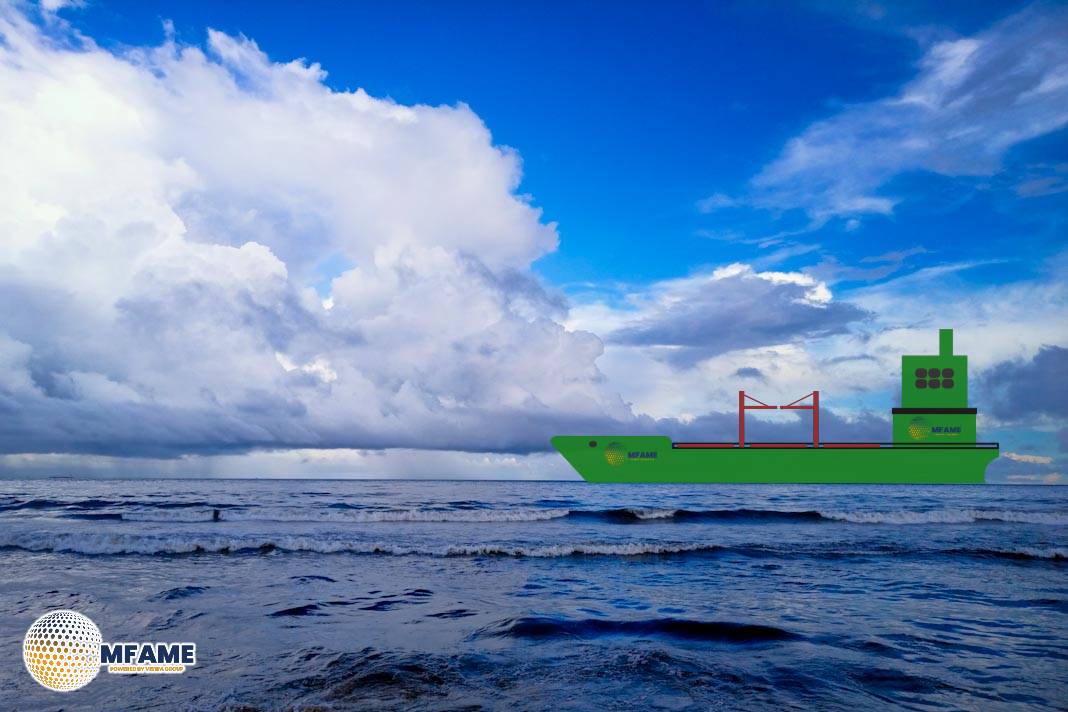- Expanded Training Requirements Emphasise Hazard Awareness.
- Revised Enclosed Space Register Enhances Hazard Identification.
- Oxygen Depletion Risks Reaffirmed in Updated Guidelines.
Entering enclosed spaces on ships remains a serious risk that can lead to fatal injuries for both crew members and outside visitors. Acknowledging this ongoing threat, the International Maritime Organisation (IMO) has introduced amendments to Resolution A.1050(27) – Revised Recommendations for Entering Enclosed Spaces Aboard Ships, which were adopted during the recent 110th session of the Maritime Safety Committee (MSC). These amendments bring about important updates, especially concerning the training requirements for those involved in enclosed space entry operations, reports Brittania P&I.
Updated Training Requirements
The revised resolution emphasises that: “Only trained and authorised personnel should be assigned the duties of entering, functioning as attendants, or acting as members of rescue teams.”
To strengthen this directive, new and detailed criteria have been introduced under the minimum training requirements, ensuring that personnel are equipped with comprehensive knowledge of hazards, procedures, and equipment.
Hazard Identification
The amendment places a strong emphasis on hazard identification as a vital component of enclosed space safety.
Enclosed Space Register
The ship-specific Enclosed Space Register is underscored as a crucial reference tool. The update broadens its scope, mandating it to include:
- Identification of expected hazards within each space
- Additional relevant information about the characteristics and conditions of those spaces
Personnel must familiarize themselves with the register’s content before entering.
Oxygen Depletion Risks
The amendment stresses that oxygen depletion can happen quickly in unventilated areas. Any disruption in ventilation, like a stopped supply fan, can cause a dangerous drop in oxygen levels.
- All personnel should be ready to evacuate immediately if ventilation stops.
- The attendant must quickly inform the team if such a situation occurs.
Cargo and Substance Hazards
When it comes to atmospheric hazards, they can vary based on what’s been stored in an enclosed space, whether recently or in the past. To help identify these hazards, the latest recommendations emphasise that crews should have access to essential reference materials, such as:
- Safety Data Sheets (SDS)
- Shipper’s declarations
- IMDG Code and IBC Code references
Certain cargoes linked to serious accidents, like coal, wood products, mineral concentrates, seed cake, and scrap metal, are specifically highlighted. Additionally, grain cargoes and timber can lead to oxygen depletion and carbon dioxide emissions, often worsened by toxic fumigation gases.
Recognising Warning Signs
A new section has been added to stress the importance of spotting symptoms related to oxygen depletion or toxic atmospheres. If anyone in an enclosed space starts to feel unwell—showing signs like heavy breathing, dizziness, nausea, or confusion—it’s crucial to assume there’s an atmospheric problem. Everyone should evacuate the area until the issue is identified. If someone becomes visibly unconscious, can’t communicate, or struggles to exit, it’s time to activate the rescue plan immediately. Only trained rescue personnel equipped with Self-Contained Breathing Apparatus (SCBA) and following the approved rescue plan should go in. It’s vital to remember that no one should rush in to help, no matter how close they are to the person in distress.
Equipment Use and Drills
The updates now clearly state that communication devices, atmospheric measuring tools, and rescue equipment are part of the mandatory training—aligning with SOLAS Regulation III/19.3.6. Every entry and rescue drill in enclosed spaces, which should take place at least every two months, must cover:
- Personal Protective Equipment (PPE) for entry
- Communication equipment and procedures
- Instruments for measuring atmospheric conditions
- Rescue gear and techniques
- First aid and resuscitation procedures
These drills offer invaluable hands-on experience, ensuring that crew members are well-versed in both how the equipment works and the operational protocols they need to follow.
Continuous Learning and Proactive Training
Enclosed space entry must only be conducted by trained and competent personnel. While company policies may exceed IMO’s minimum requirements, crew members are encouraged to:
- Actively seek additional training opportunities
- Identify and address knowledge gaps through practical learning or mentorship
By maintaining awareness, preparedness, and continuous learning, crews can significantly reduce the risk of fatal incidents during enclosed space operations.
Did you subscribe to our daily Newsletter?
It’s Free Click here to Subscribe!
Source: Brittania P&I

















